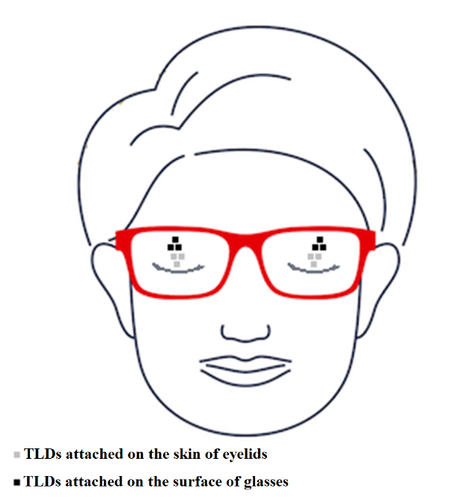-
Home
-
About JCTR
-
Gold Open Access
-
Issues
-
Editorial board
-
Author guidelines
-
Publication fees
-
Online first
-
Special issues
-
News
-
Publication ethics
-
Partners
-
Submit your manuscript
-
Submit your review report
-
Editorial Office
-

This work is licensed under a Creative Commons Attribution-NonCommercial 4.0 International License. ISSN print: 2382-6533 ISSN online: 2424-810X
Volume 7 Issue 4
Can leaded glasses protect the eye lens in patients undergoing neck computed tomography?
Reza Abedi, Naser Ghaemian, Ali Shabestani Monfared, Mohammad Kiapour, Razzagh Abedi-Firouzjah, Fatemeh Niksirat, Alaba Tolulope Agbele, Kourosh Ebrahimnejad Gorji*
Abedi et al. J Clin Transl Res 2021; 7(4):5
Published online: July 16, 2021
Abstract
Background and aims: Computed tomography (CT) is one of the main sources using ionizing radiation. Considering the toxicity from this radiation, any technique that could reduce the radiosensitive organs’ doses without affecting the image diagnostic quality must be considered in routine practice. In this study, the amount of eye lens dose reduction in the presence of radioprotective glasses was evaluated in neck CT examinations.
Methods: Thirty adult patients (15 men and 15 women) with a mean age of 44.6 years undergoing neck CT examination participated in this study. For each patient, six thermoluminescent dosimeters (TLDs-100) were attached above the eye lens glasses surface, and another six under the glasses to assess the radioprotective effect of the glasses. The TLDs were readout and converted to Hp (3) as an indicator of eye lens dose. The obtained results from the TLD readouts as eye lens dose were compared using a paired t-test.
Results: The TLD measurements showed the mean ± standard deviation values of 2.97 ± 0.61 mGy and 1.04 ± 0.16 mGy for TLDs above and under the radioprotective glasses, respectively. The radioprotective glasses significantly decreased the eye lens dose by about 64.9% (P-value=0.001).
Conclusions: Owing to the results, wearing radioprotective glasses for patients during neck CT scans, could significantly reduce the eye lens doses.
Relevance for patients: The outcome of this research shows that leaded glasses can decrease the received dose significantly in patient during neck CT scans.

DOI: http://dx.doi.org/10.18053/jctres.07.202104.005
Author affiliation
1. Student Research Committee, Babol University of Medical Sciences, Babol, Iran
2. Department of Radiology and Radiotherapy, School of Medicine, Babol University of Medical Sciences, Babol, Iran
3. Cancer Research Center, Health Research Institute, Babol University of Medical Sciences, Babol, Iran
4. Department of Medical Physics Radiobiology and Radiation Protection, School of Medicine, Babol University of Medical Sciences, Babol, Iran
5. Department of Medical Physics, Tehran University of Medical Sciences, Tehran, Iran
*Corresponding author
Kourosh Ebrahimnejad Gorji
Department of Medical Physics Radiobiology and Radiation Protection, School of Medicine, Babol University of Medical Sciences, Babol, Iran
Tel: +98-9121-044-524
Email: k.e.gorji@gmail.com; kourosh_gorji@yahoo.com
Handling editor:
Michal Heger
Department of Pharmaceutics, Utrecht University, the Netherlands
Department of Pharmaceutics, Jiaxing University Medical College, Zhejiang, China

